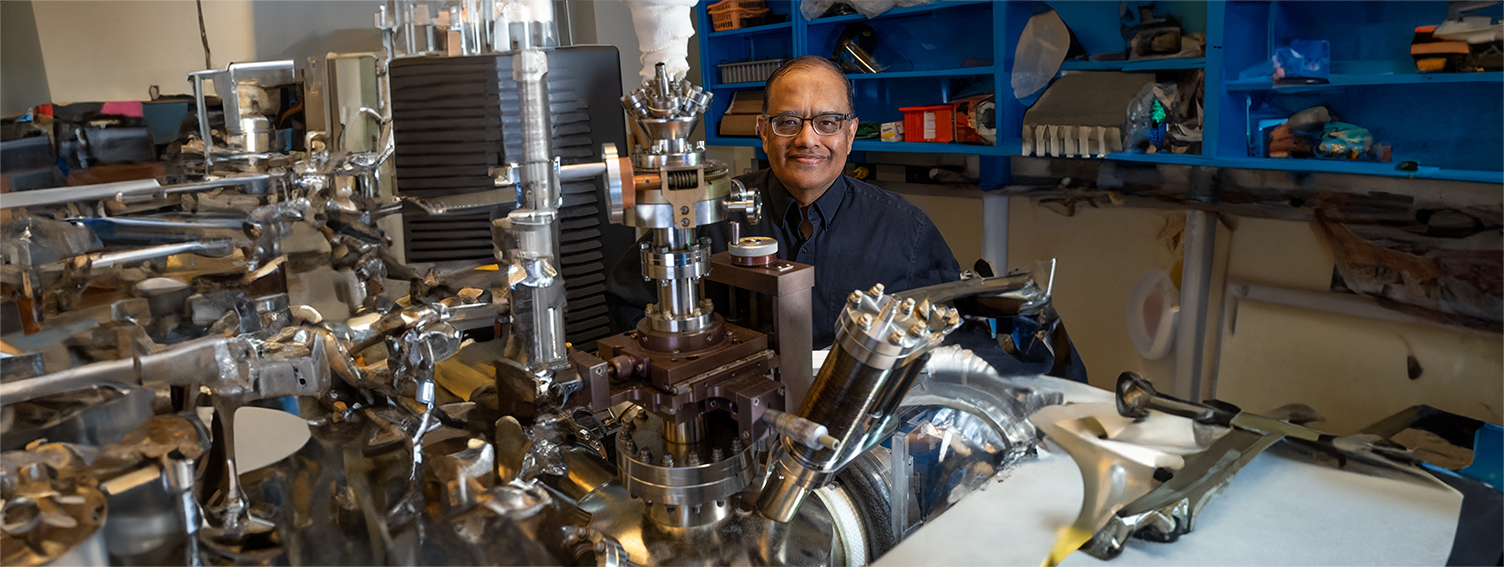Physical Chemist
Physical chemists study energy, molecular structures, and other behaviors and characteristics of matter on a tiny scale. Their work has many applications, from medical technology to energy storage, air conditioning, refrigeration, and heat. “Physical chemistry is a wonderful sort of union of physics and chemistry,” says Physical Chemist Barbara Hopf Offenhartz. She studied the structure and behavior of molecules of vitamin B12 and hemoglobin, both of which play key roles in respiration (the system that turns oxygen and sugar into the energy that helps your body stay healthy). The work Offenhartz did helped produce today’s sophisticated instruments for using light to measure the amount of oxygen in a person’s blood.
Peter O’Donnell Offenhartz (married to Barbara) used his expertise in physical chemistry to investigate ways of improving different forms of alternative energy including solar and geothermal power. He worked with various kinds of batteries, used computers to explore the structure of complicated molecules, and helps solve his neighbors’ communication and technology problems.
Astrochemist Christopher Arumainayagam and his students at Wellesley College “create a little bit of heaven on Earth so we can recreate the very low pressures of the interstellar medium.” In other words, they create conditions in their lab that are similar to conditions in outer space and use those conditions to see how subatomic particles, atoms, and molecules behave far, far away from that lab. According to Arumainayagam, “physical chemistry pretty much underlies everything that you do in chemistry,” helping you understand things at a microscopic or nanoscopic level, down to extremely small particles.




